Sony A7 vs A7 II vs A7 III: How do they compare?
Three generations of Sony A7 full-frame mirrorless camera are still being sold – but what are the differences?
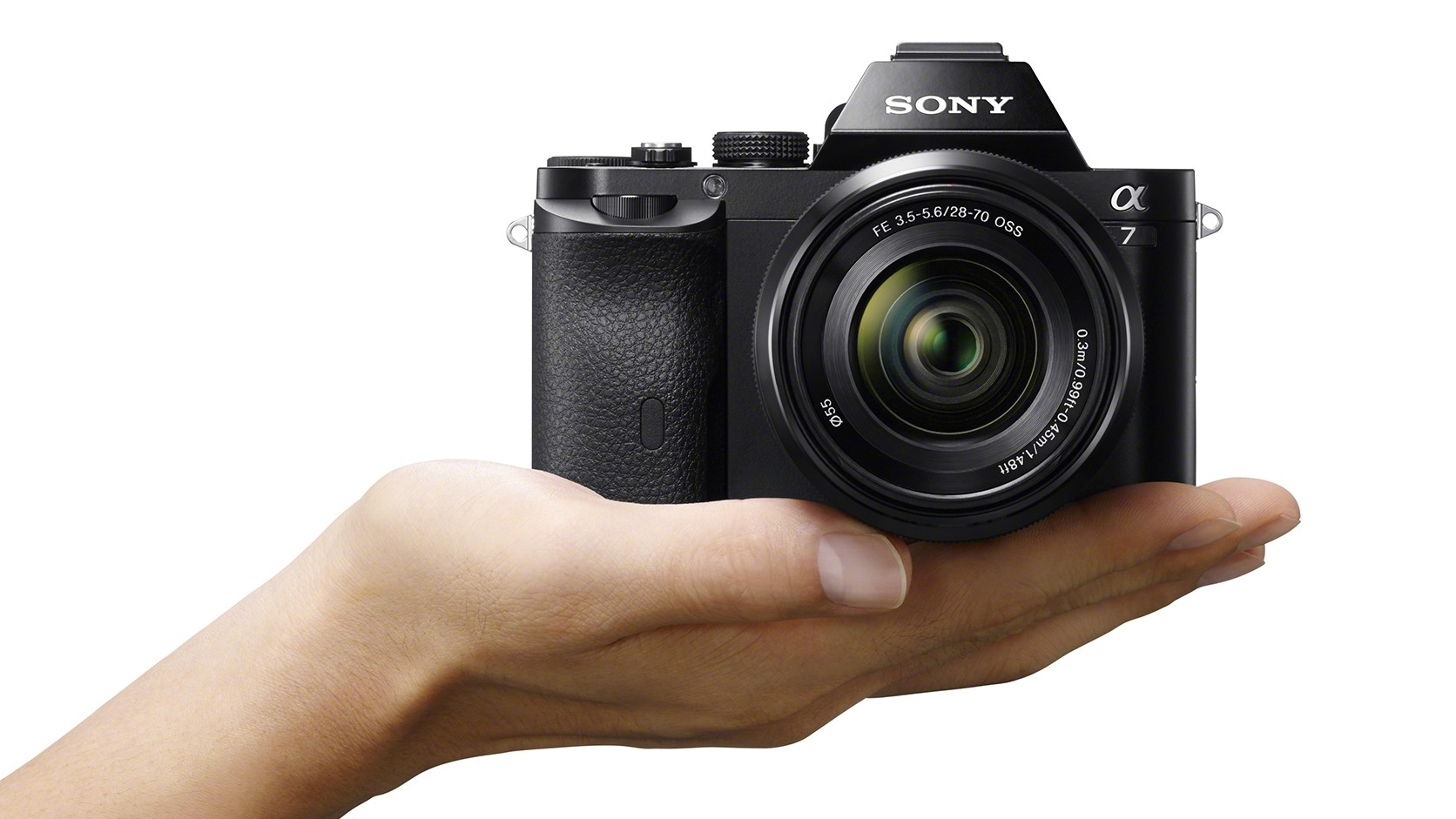
When it was first introduced back in 2013, Sony’s original A7 was a big game-changer – squeezing a full frame sensor into an interchangeable lens camera that was smaller than a typical DSLR of the time, especially the sort of DSLR wielded by professionals.
Also new and unusual at the point it was released was that this new series of Sony cameras adopted the smaller Sony E-mount that was first used for the brand’s now discontinued ‘NEX’ compact system camera line up. Offering both high quality plus the convenience of portability and usability, it’s not so surprising that the A7 and its successive Mark II and Mark III siblings have increasingly found favor with photo enthusiasts and professionals alike.
Now we’re into second and even third generation iterations of the original Alpha A7, however all three versions are still being sold side by side. The latest Mark III version is the most advanced, but the original A7 is now aggressively priced and a tempting opposition – and is often discounted further with cashback deals or Black Friday camera deals.
• See also: Canon EOS R vs Sony A7 III
We thought it was time we took stock of how they compare with one another in terms of their feature sets, in order for you to decide which of the trio best suits your own creative or professional needs. Read ahead to find out more...
Sony A7 vs A7 II vs A7 III: Sensor and processor
Why you can trust Digital Camera World
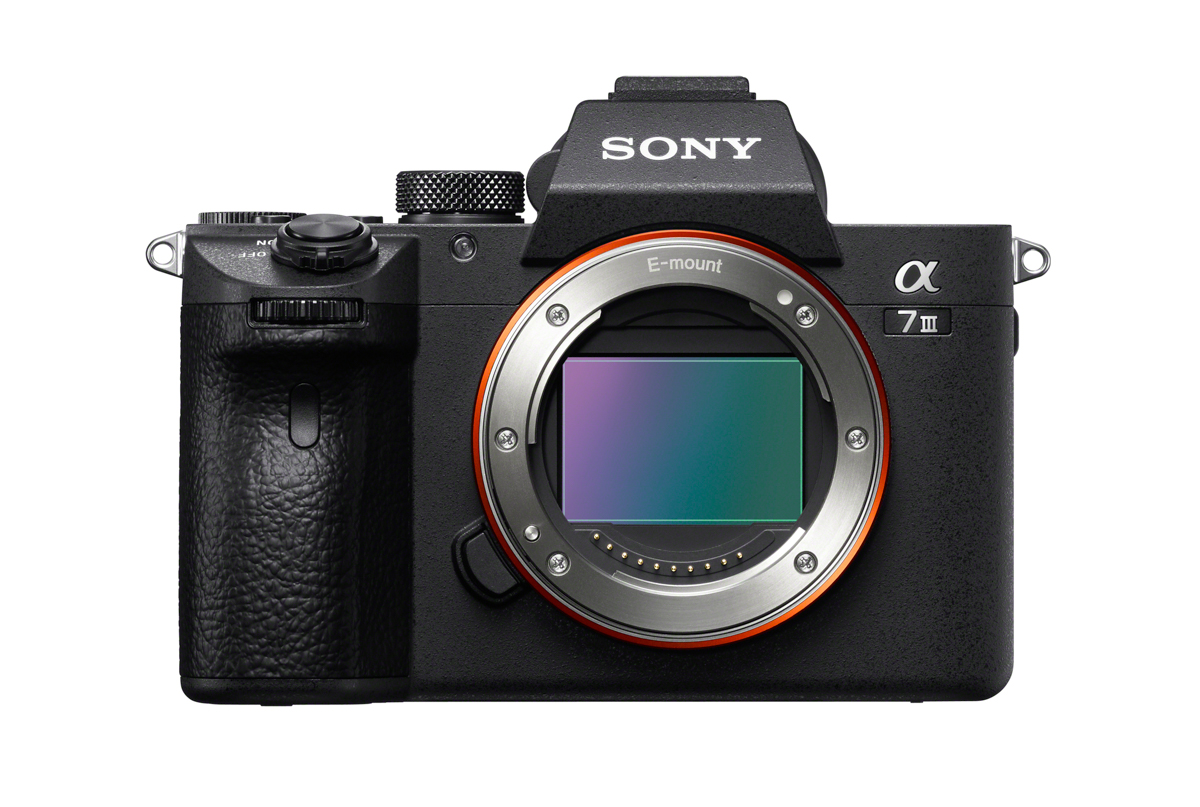
- Sony A7 : Full-frame (35.6x23.9mm) Exmor CMOS, 24.3MP effective
- Sony A7 II: Full-frame (35.9x23.9mm) Exmor CMOS, 24.3MP effective
- Sony A7 III: Full-frame (35.6x23.8mm) Exmor R CMOS, 24.2MP effective
All three built-to-last models feature full frame sensors – the original selling point of the series – with a respectable resolution of 24 effective megapixels apiece and images presented in 3:2 image aspect ratio. That’s something that has remained unchanged since the original launch of the A7. With this initial model and its successors Sony promised not only high resolution but also high sensitivity and extreme dynamic range, with low noise yet maximum detail into the bargain. Even in the A7, the sensor is married to the latest generation Bionz X processor, the combination helping to deliver realistic colours and swift burst capture.
The larger than average chip not only benefits stills capture – enabling images to be blown up large without noticeable loss in detail – but video also. On top of this, a 24.3 MP effective resolution is still very respectable/workable some five or six year down the line from the A7’s announcement, and pretty much what we’d still expect from a camera of its class and price. In terms of light sensitivity offered, the range is the equivalent of ISO200-25600 for up to Full HD video and ISO100-25600 for stills, expandable to ISO50 if desired.
The A7 II meanwhile was notable on launch for the claim of it being the world’s first full frame mirror-less camera with five-axis image stabilisation, the equivalent of a 4.5 step faster shutter speed. Again its full frame Exmor CMOS sensor was married to a Bionz X processor and effective resolution this time around was the same 24.3 megapixels. Core ISO sensitivity for this model is a respectable ISO50 to ISO25600, without the need for expansion.
By contrast the A7 III looks to be the best prospect in terms of low light performance, with its maximum expanded setting the equivalent of ISO204800, up from a relatively conservative maximum of ISO51200 for its native settings, before expansion. On this model Sony also claimed its (at the time) newly developed back-illuminated sensor when combined with Bionz X processor achieves a data-readout speed two times quicker than its predecessor and a data processing capability that is 1.8x higher. And who are we to argue with those benefits?
Sony A7 vs A7 II vs A7 III: Lens mount and compatibility
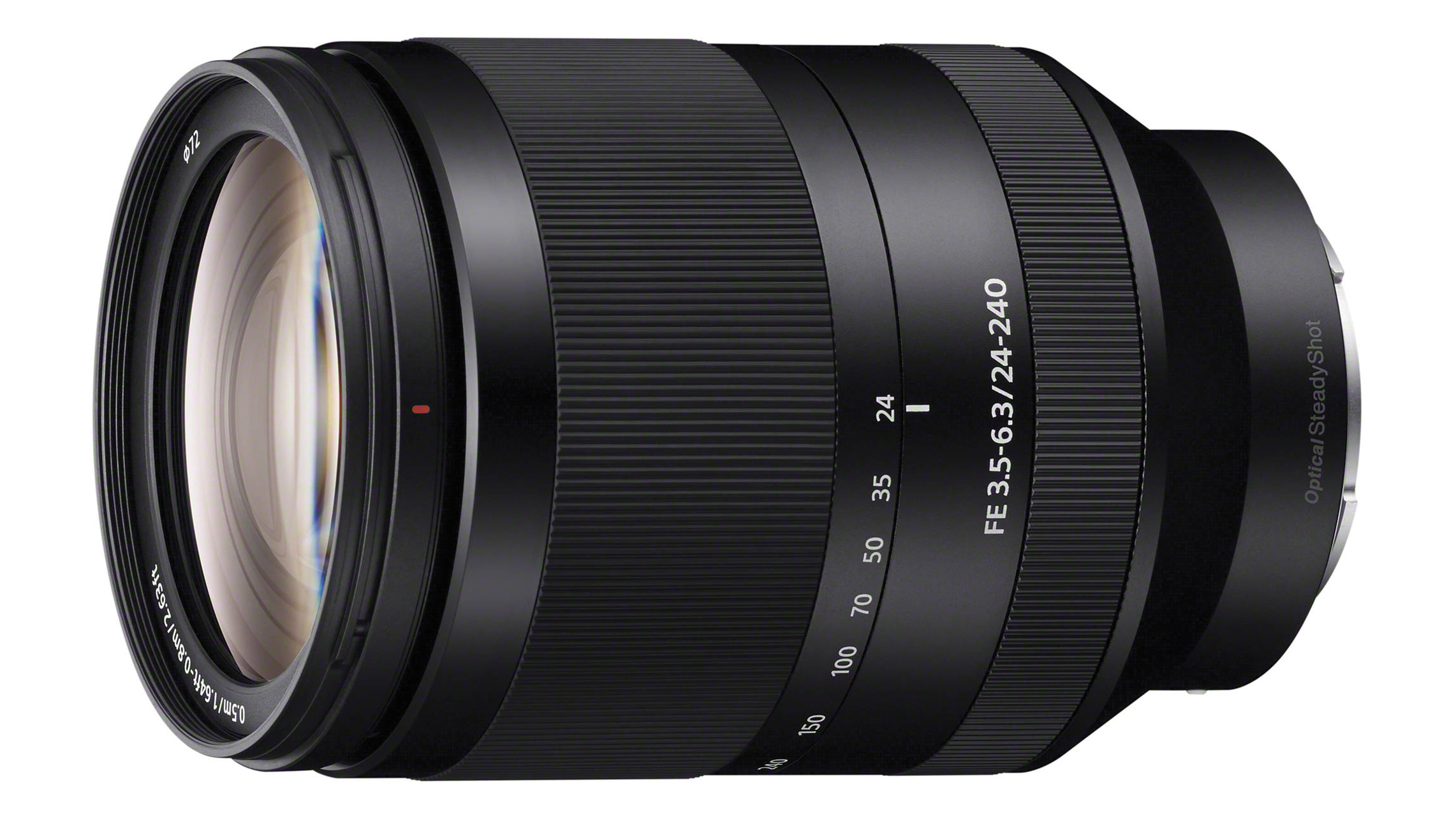
- Sony A7: Sony E-mount lenses (or older A-mount via adapter)
- Sony A7 II: Sony E-mount lenses (or older A-mount via adapter)
- Sony A7 III: Sony E-mount lenses (or older A-mount via adapter)
Sony’s E-mount was originally devised to work with its compact, APS-C sensor mirrorless system cameras – but has now been deployed for the full frame A7 series too.
Unsurprisingly the E-mount is a smaller mount than the A-mount system used for Sony’s initial DSLRs – indeed the manufacturer made a point of saying that the A7’s body is 25% smaller than the equivalent DSLR and practically half the weight – and so naturally necessitated its own dedicated lenses.
Guide: Best E-mount & A-mount Sony lenses
But, while an older A-mount lens cannot be used directly on an E-mount camera, it can still be used via an optional adapter (LA-EA3), which handily gives A7 owners of any description access to a much wider array of optics (around 50+).
In addition, there are also third party (i.e not made by Sony) adapters and lenses too. Aiding the attachment of said lenses, whatever the size, is the in-body optical image stabilisation system of the A7 series, with a five-axis version introduced with the Mark II model and also included on the Mark III.
Plus, while the A7 and A7 II are both utilising the E-mount and offering compatibility with E-mount lenses, as regards the newer A7 Mark III, Sony is claiming improved mount rigidity over its predecessors. It notes that the number of screws securing the lens mount has been increased to six to ensure durability when using heavy optics – a distinct advantage given the appeal of this camera series to pros.
Sony A7 vs A7 II vs A7 III: Video
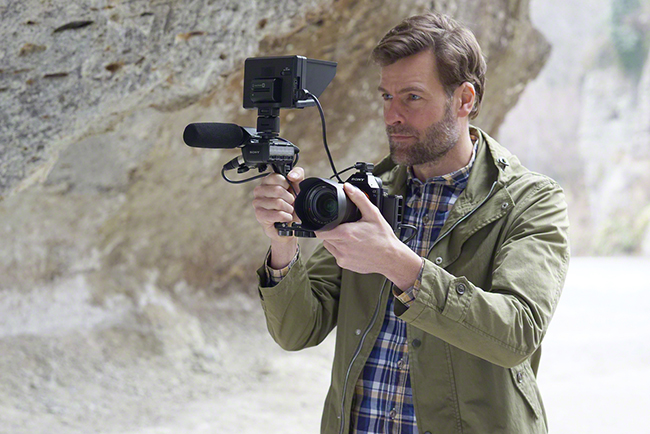
- Sony A7: Full HD video at up to 60fps
- Sony A7 II: Full HD video at up to 60fps
- Sony A7 III: 4K UHD video up to 30s, Full HD (1920x1080) up to 120fps
All three models presently in the A7 series not only boast the advantage of shooting full frame stills but also the distinct bonus of full frame video, for arguably improved image quality overall.
Longer in the tooth than its two successors here, the original A7 offers Full HD video at up to 60 fps – cutting edge at the time – or regular 24 fps clips, both recorded in Sony’s long favoured AVCHD format, with the alternative option of MPEG4 format if shooting at a lesser 1280x720 pixels at 30fps. The fact that we have an electronic viewfinder as well as rear plate LCD is also a bonus for when shooting video – we don’t have to otherwise switch to a dedicated Live View mode as one would with a DSLR with optical finder.
A jump from mark one to Mark II of the A7 saw the introduction of five-axis image stabilisation – a further boon for those shooting video; even if video resolution was still a maximum Full HD 1920x1080 pixels. Sony also added the option of recording in the pro quality high bit-rate XAVC S format on this model (alongside AVCHD and MPEG4 recording, naturally), while it further offers picture profiles, time code option and ‘clean’ HDMI output. The tilting LCD screen on the A7 series is obviously also a useful tool when shooting video – allowing for more high or low angle camerawork.
Those recording video on the A7 III finally got the capability of shooting 4K video. Its maker went a bit further, however, suggesting that full pixel readout without binning in 35mm full frame mode made it possible to condense 2.4x the data required for 4k movies; thereby minimising artefacts including moiré and ‘jaggies’.
When it comes to video it appears that all three of our contenders are in a capable position to deliver the goods – though it’s obviously the Mark III you’ll want to aim for if requiring 4K capability, and a degree of future proofing with it.
Sony A7 vs A7 II vs A7 III: AF system
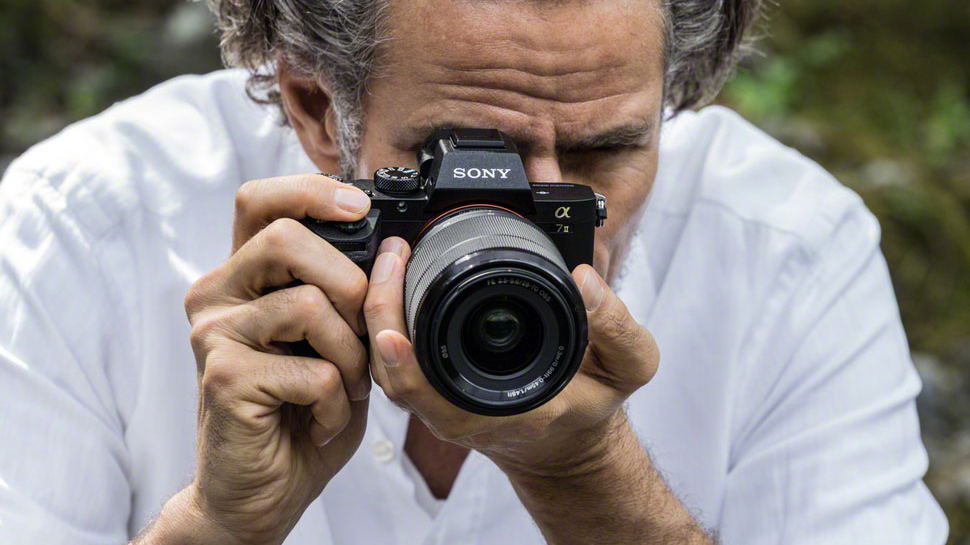
- Sony A7: Hybrid AF, 99 phase-detect points, 25 contrast-detect points
- Sony A7 II: Hybrid AF, 99 phase-detect points, 25 contrast-detect points
- Sony A7 III: Hybrid AF, 693 phase-detect points, 425 contrast-detect points
Both Sony’s first and second generation A7’s come at us with a belt-and-braces ‘hybrid’ auto focus system – much the rage at that point and indeed a feature still currently being developed further. The cameras feature 99 phase detection AF points and 25 phase detection AF points to ensure a best of both worlds response and, moreover, accuracy. On the original A7, a flexible spot AF area setting allowed for the biasing of a small, medium or large AF area, in order to match the size of the subject and ensure the camera stayed focused on what exactly we wanted it to stay focused on.
Guide: The best Sony lenses in 2018
While the core AF spec may be very similar on the two initial A7 models, there’s a difference in the speed of response between the A7 and A7 Mark II, naturally. As regards the A7 II, its manufacturer claims AF response is 30% faster than its forebear. Once AF is locked on, it is also able to track moving subjects and theoretically keep them pin sharp, as one would expect of a camera in its class.
The pitch with Sony’s A7 III is that it utilises the same AF advancements as in its maker’s A9 model, enabling it to accurately capture unpredictable moving subjects, such as dancers and wildlife. There are 693 phase detection points (equally responsive when using an A-mount lens via adapter, as when utilising a dedicated E-mount optic), covering approximately 93% of the image areas, plus 425 densely packed contrast detection AF points to improve accuracy further.
Accuracy is delivered for low light shots down to minus 3EV. There is also eye detection tracking available when shooting stills in Eye AF mode, used in conjunction with AF-C (auto focus continuous) mode. Subject focus can also be controlled using the camera’s rear touch screen. In short, the camera provides a very versatile AF system for photographers, and one that seems a significant jump on from the previous A7 and A7 II models.
Sony A7 vs A7 II vs A7 III: burst shooting (fps)
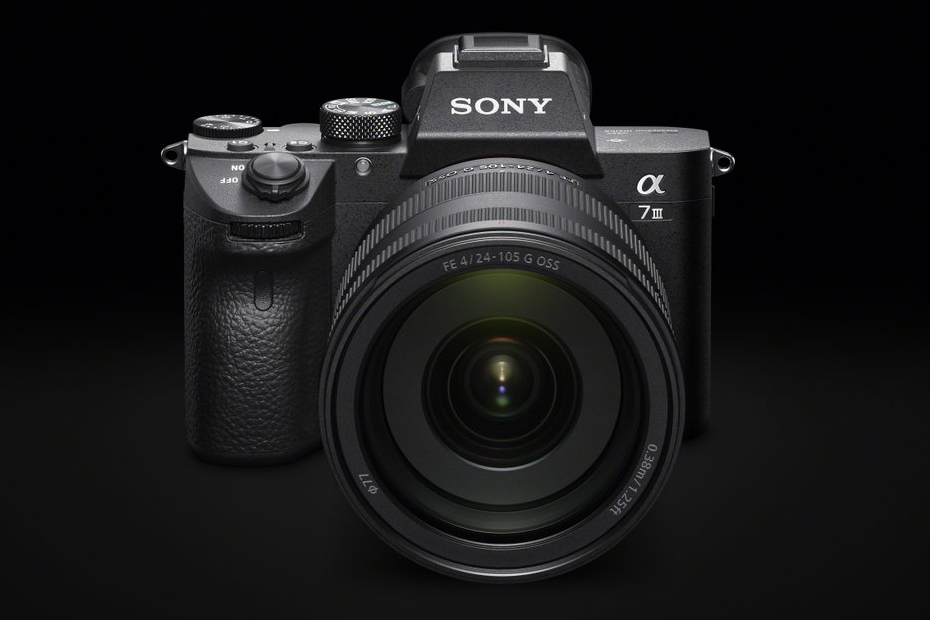
- Sony A7: 5fps
- Sony A7 II: 5fps.
- Sony A7 III: 10fps with AF/AE tracking (or 8fps in live view mode). Up to 177 JPEGs, 89 compressed Raw or 40 uncompressed Raw frames
All the Sony A7 series are commendably swift contenders when it comes to image capture; albeit the 5fps burst speed of the original generation A7 and even its Mark II successor now appears a little more modest in light of the responses achievable by the Mark III.
Indeed, the newer A7 Mark III can deliver a very respectable 10fps with auto focus/ auto exposure tracking, or a commendable 8fps if in live view mode. For when you don’t want to distract the subject there is also a silent shooting option; again this is up to 10fps with AF/AE tracking at maximum resolution. The conclusion would seem to be that if it’s plenty if poke you need for action and sports photography, then the Mark III has got to be your top choice of the three cameras.
Sony A7 III vs A7R III vs A7S II: Viewfinder and LCD
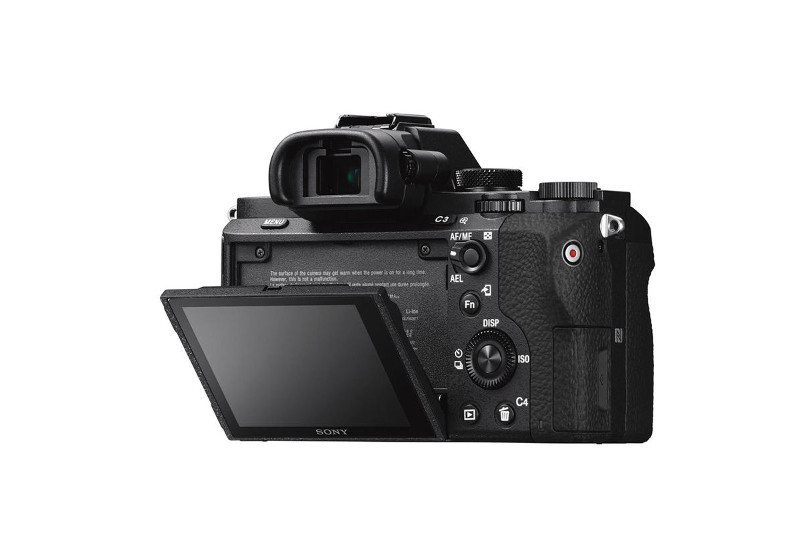
- Sony A7: 0.5in-type, electronic EVF, 2,36m dots; 3in LCD, 921,600 dots
- Sony A7 II: 0.5in-type, electronic EVF,2,36m dots; 3in LCD, 1,228,800 dots
- Sony A7 III: 0.5in-type XGA OLED EVF 2.36m dots; 3in TFT LCD, 1,440,800 dots
With an eye level viewfinder attracting the enthusiast and pro photographer who favour the traditional compositional method of holding the camera up to one eye, this is matched on the three models by the handy feature of a tilting LCD on the backplate, as an alternative for framing and reviewing the shot, or video.
For all intents and purposes the viewfinder and rear plate LCD are the same across the three cameras, in offering the same size, the same or similar resolution, and 100% coverage. The Sony A7 Mark III’s LCD is also useful by virtue of it featuring a touch panel, along with the fact that its angle of view can be adjusted, either up by 107 degrees or down by 41 degrees.
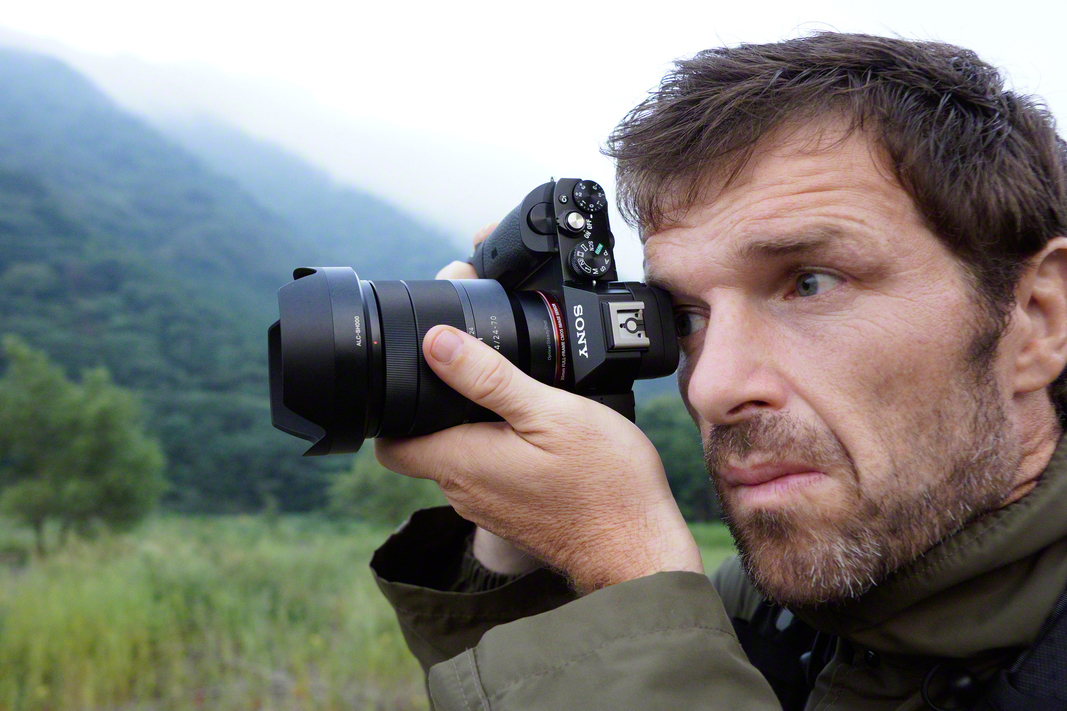
Sony A7 III vs A7R III vs A7S II: Build and design
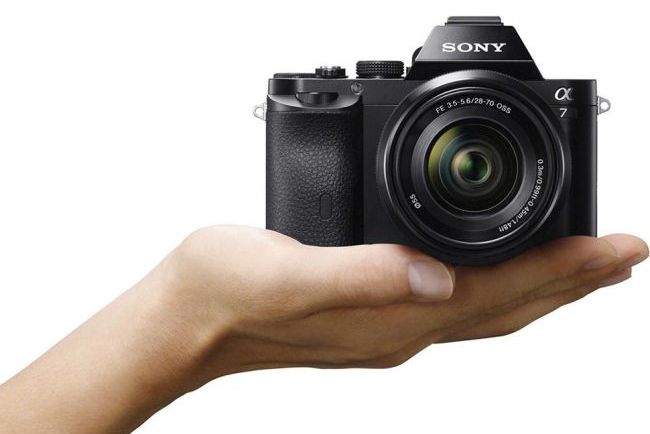
- Sony A7: 126.9 x 94.4 x 54.8mm; 474g (inc. battery and card)
- Sony A7 II: 126.9 x 95.7 x 59.7mm; 599g (inc. battery and card)
- Sony A7 III: 126.9 x 95.6 x 73.mm; 650g (inc. battery and card)
Sony was trying to make a statement when it released the original A7 – namely that we could have a ‘pro’ grade camera that gave results akin to a full frame DSLR at a fraction of the bulk and weight of the equivalent model. Thus the A7 arrived with claims that it was 25% less bulky than comparative DSLR, while being much lighter too. Part of this was down to the magnesium alloy construction, delivering a body weight of 474g with battery and card inserted. This is not only half the weight of many DSLRs, but also lighter (if only by just over 100g) than the A7 II and A7 III models that followed it.
Unsurprisingly, given the class of camera and price tag, the A7 II again features a magnesium alloy build that manages to be both rigid yet relatively lightweight with it. The shape and height of the camera grip was also refined on this model, as were the operation of the shutter release button and dials – with the former being shifted forward to allow for more intuitive shooting and, in theory, less camera shake.
Sony suggests that the A7 III likewise offers a highly durable build, with resistance to wet or dusty conditions (with all major buttons and dials being sealed to minimise any possibility of entry). Again the top and front plates manufactured from tough magnesium alloy over an internal frame for added rigidity. Interestingly, it’s both slightly broader and heavier than the two cameras in the A7 series that came before it.
Sony A7 III vs A7R III vs A7S II: Battery life
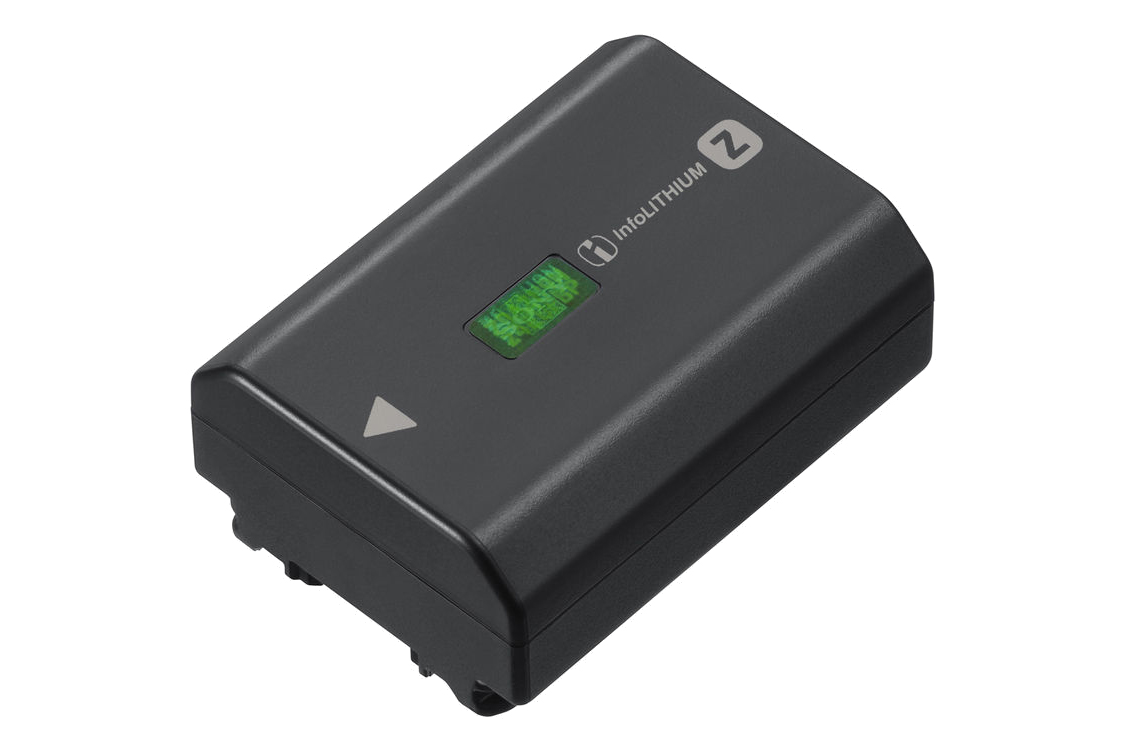
- Sony A7: Up to 340 shots, or around an hour of video*
- Sony A7 II: Up to 350 shots, or around an hour of video*
- Sony A7 III: Up to 610 shots (EVF); 710 shots (LCD)*
- * CIPA standards
A bugbear of compact system cameras is that, typically, battery performance falls far short of their DSLR price equivalents. That was certainly the case when the initial A7 was introduced. It manages just 340 shots from a full charge of its lithium ion battery. While, to be fair, it’s not terrible when compared with the performance of other mirrorless models of the time, it certainly seems a little modest some five years on.
The A7 II’s battery life, like the original, is also relatively unimpressive – just 350 shots from a full charge – when compared with what the equivalent DSLR was offering at the time. As that’s just 10 pictures more squeezed from its battery when compared with the A7, battery life alone won’t be the reason you’re upgrading from the original.
The A7 III is a lot better when it comes to battery performance than the first two iterations of the camera. So it suggests that if you can afford or justify the very latest version – which has not just a better power performance, but the latest must-haves like 4K video as well – then that’s probably your best bet.Again, as we can see from the above, the A7 III is marginally better when it comes to battery performance than the A7R II (according to CIPA standards), despite the use of the same battery. The difference between the two is unlikely to be significant in real-world use, however.
The runt of the litter when it comes to battery life is the A7S II, which manages only 370 shots when using its LCD screen, thanks to its non-Z-series battery. While this is certainly less impressive than the others, when it comes to the pro camera stakes, it's comparable with most compact system cameras from rival manufacturers; around 300-400 shots on a full charge is pretty much the industry standard, though this is improving with successive generations of camera.
Verdict
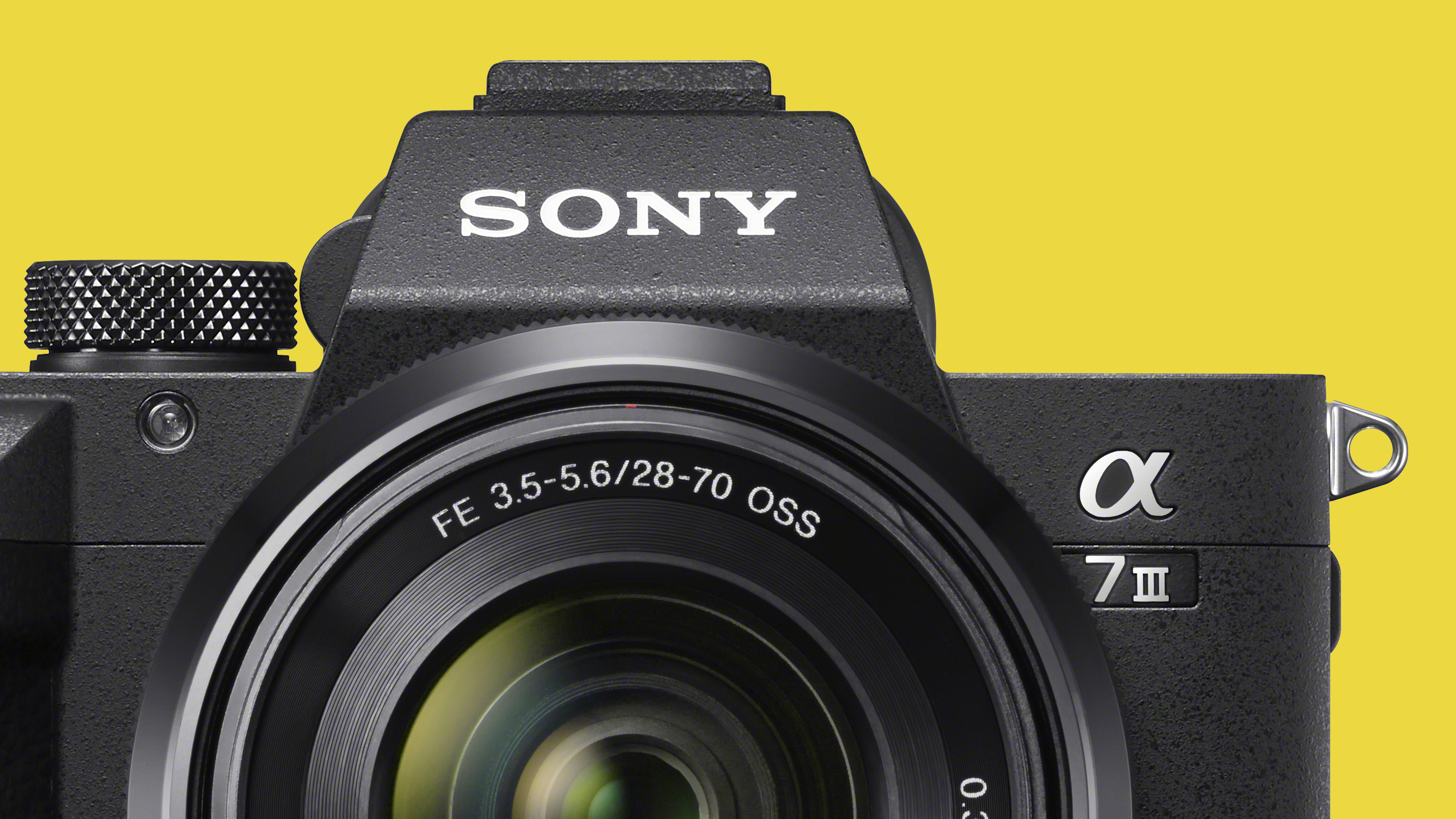
You’re going to be basing your decision on which three of these Sony cameras that you choose largely down to your budget, we’d presume, with, typically, first or second generation models being cheaper than the very latest piece of kit that replaces them. That said, shop around for a good deal on the newest model if you can, as the Mark III does have all the bells and whistles that brings the series up to date and keeps it competitive when ranged against modern rivals.
If you don’t need 4K-video or if it’s stills in the main you’ll be shooting, then, arguably, there’s not a massive overall difference between the A7 and A7 II. That said; a rough rule of thumb is always to go with the newest model you can afford. As each generation of the series has been well received by us critics and wider photography community to boot, whichever you choose when it comes to Sony’s A7 series, there will be little room for disappointment.
Read more:
Sony A7 III vs A7R III vs A7S II: How do they compare?
Get the Digital Camera World Newsletter
The best camera deals, reviews, product advice, and unmissable photography news, direct to your inbox!
Gavin has over 30 years’ experience of writing about photography and television. He is currently the editor of British Photographic Industry News, and previously served as editor of Which Digital Camera and deputy editor of Total Digital Photography.
He has also written for a wide range of publications including T3, BBC Focus, Empire, NME, Radio Times, MacWorld, Computer Active, What Digital Camera and the Rough Guide books.
With his wealth of knowledge, Gavin is well placed to recognize great camera deals and recommend the best products in Digital Camera World’s buying guides. He also writes on a number of specialist subjects including binoculars and monoculars, spotting scopes, microscopes, trail cameras, action cameras, body cameras, filters and cameras straps.

